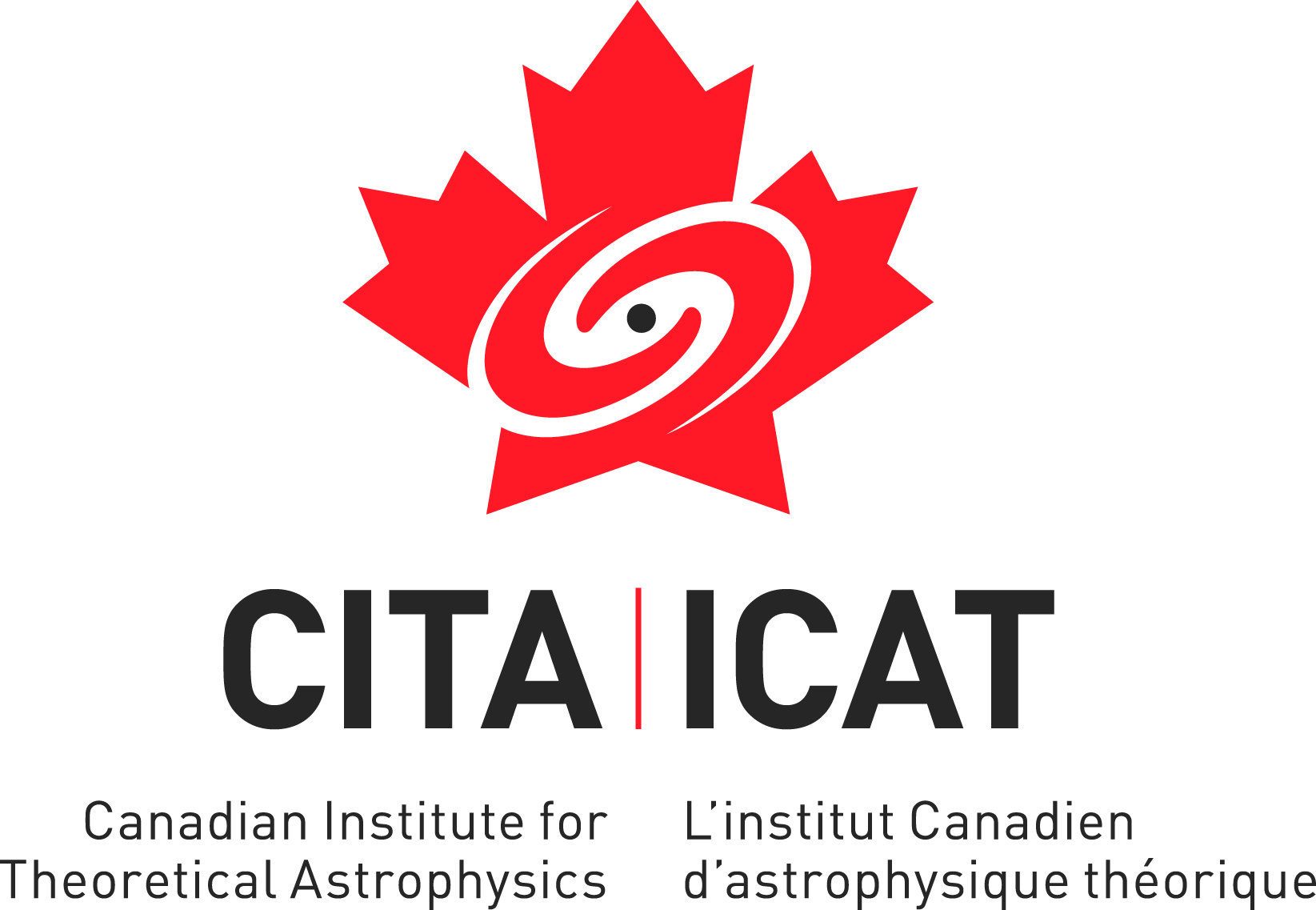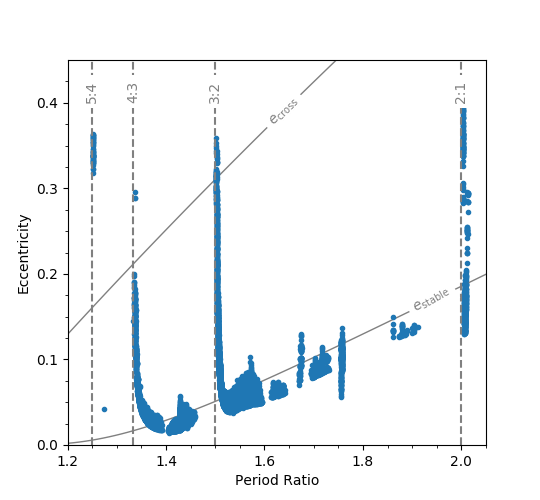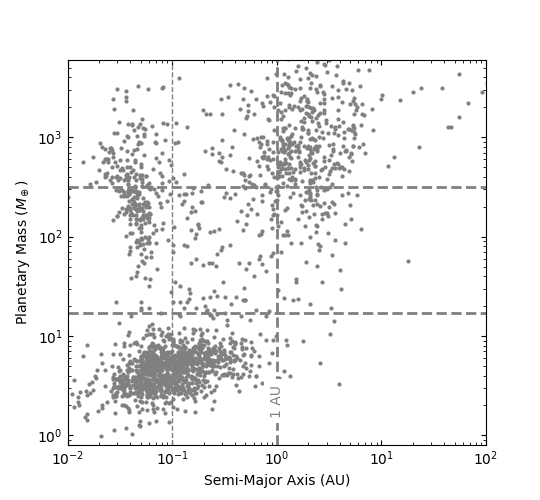A pair of planets likely in mean-motion resonance from gravitational microlensing
Wei Zhu (祝伟)
Astrophysical Dynamics, Shanghai
(Based on Madsen & Zhu, 2019, ApJL, 878, 29)

Sabrina Madsen

Microlensing probes the cold planet population

Mao & Paczynski (1991); Gould & Loeb (1992); Gaudi (2012)
For typical disk surface density profile (\( \Sigma \propto r^{-1} \) or \( \propto r^{-3/2} \) ), there is more mass in the outer region
Microlensing commonly probes projected configuration

Orbital period: years
planetary perturbation: days

Mao & Paczynski (1991); Gould & Loeb (1992); Gaudi (2012)
How to probe orbital configuration of microlensing planets
- Light curve modeling (e.g., Gaudi++2008; Ryu++2018)
- Radial velocity follow-up (e.g., Yee++2016 for a binary)
- Dynamical stability


OGLE-2006-BLG-109


- Direct imaging system HR 8799:
- Likely double 2:1 mean-motion resonances (b & c, c & d)
Fabrycky & Murray-Clay (2010)
(see also Wang et al. 2018)
b
c
d
Long-term stability constrains orbital configuration of multi-planet systems
Marois et al. (2008)
Two-planet system OB120026L


planet 2
planet 1
Han et al. (2013)
(see also Beaulieu et al. 2016)
Both planets inside Einstein ring
Both planets outside Einstein ring
Madsen & Zhu, 2019, ApJL, 878, 29
Effect of orbital orientations

planet 2
planet 1

Dynamical stability


planet 2
planet 1
- Randomize e vector
- N-body integration
- Reject unstable orbits
Madsen & Zhu, 2019, ApJL, 878, 29
Hadden & Lithwick (2018)

Pluto & Neptune
Mean-motion resonances
Eccentric orbits
Eccentric orbits & in MMRs
Nearly circular orbits & out of MMRs
Madsen & Zhu, 2019, ApJL, 878, 29
Compare with similar planet pairs
from RV


MMR
non-MMR (probably)
Madsen & Zhu, 2019, ApJL, 878, 29
Orbital evolution prefers
mean-motion resonances
Lee & Peale (2002)

Evolution of GJ 876 system

MMR
non-MMR (probably)
A pair of microlensing planets likely in
mean-motion resonance
- Microlensing can also probe the detailed dynamical state of multi-planet systems
- Two planets close to each other;
- Azimuthal offset;
- Stability & evolution history --> MMRs
- More similar systems from microlensing

planet 2
planet 1
Madsen & Zhu, 2019, ApJL, 878, 29

Pollack et al. (1996)

Suzuki et al. (2016)
(see Herman, Zhu, & Wu 2019 for the radius distribtuion)

30-100 \(M_\oplus\) planets not predicted by core accretion theory
OB120026L:
How often do cold Jupiters have cold Neptune companions?
- A single detection out of ~20 microlensing systems with Sun-like hosts
- Low detection efficiency for Neptunes (~5%, Zhu et al. 2014).
- Perhaps all cold Jupiter systems also have cold Neptunes: P(CN|CJ)~100%.
- Mean-motion resonances may also be common.
HATNet
Keck
Multi-planet systems from microlensing: Connection to the overall exoplanet demographics

Hot Jupiters
(~1%)
Cold Jupiters
(~10%)
Cold Neptunes
(?)
Super Earths
(30%)
(Zhu et al. 2018)






Hot Jupiters have distant companions
(Knutson et al. 2014)
Hot Jupiters are lonely (Steffen et al. 2010)
Super Earths & cold Jupiters tend to co-exist
(Zhu & Wu 2018)
- Why is the mass function so smooth? Is it related to multiplicity?
- How many Neptunes per system?
- Do cold Jupiters frequently have cold Neptune companions?
- ...
Data from NASA Exoplanet Archive
Back-Ups
Orbital motion in microlensing
& RV follow-ups



Skowron et al. (2011); Yee et al. (2016)
(OGLE-2006-BLG-109, Gaudi et al. 2008, Bennett et al. 2010;
OGLE-2016-BLG-1190, Ryu et al. 2018;
Gaia16aye, Wyrzykowski et al. 2019)
OB120026: Sun-like host with a cold Jupiter & a cold Neptune


Beaulieu et al. (2016)
Orbital solution of microlensing system


OGLE-2006-BLG-109: A Jupiter/Saturn analog
Gaudi et al. (2008); Bennett et al. (2010)